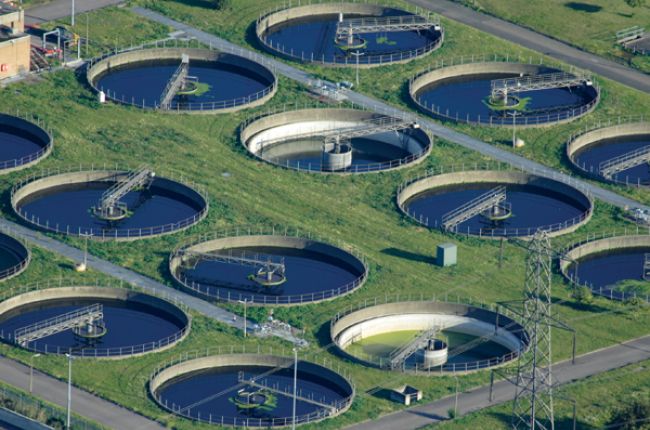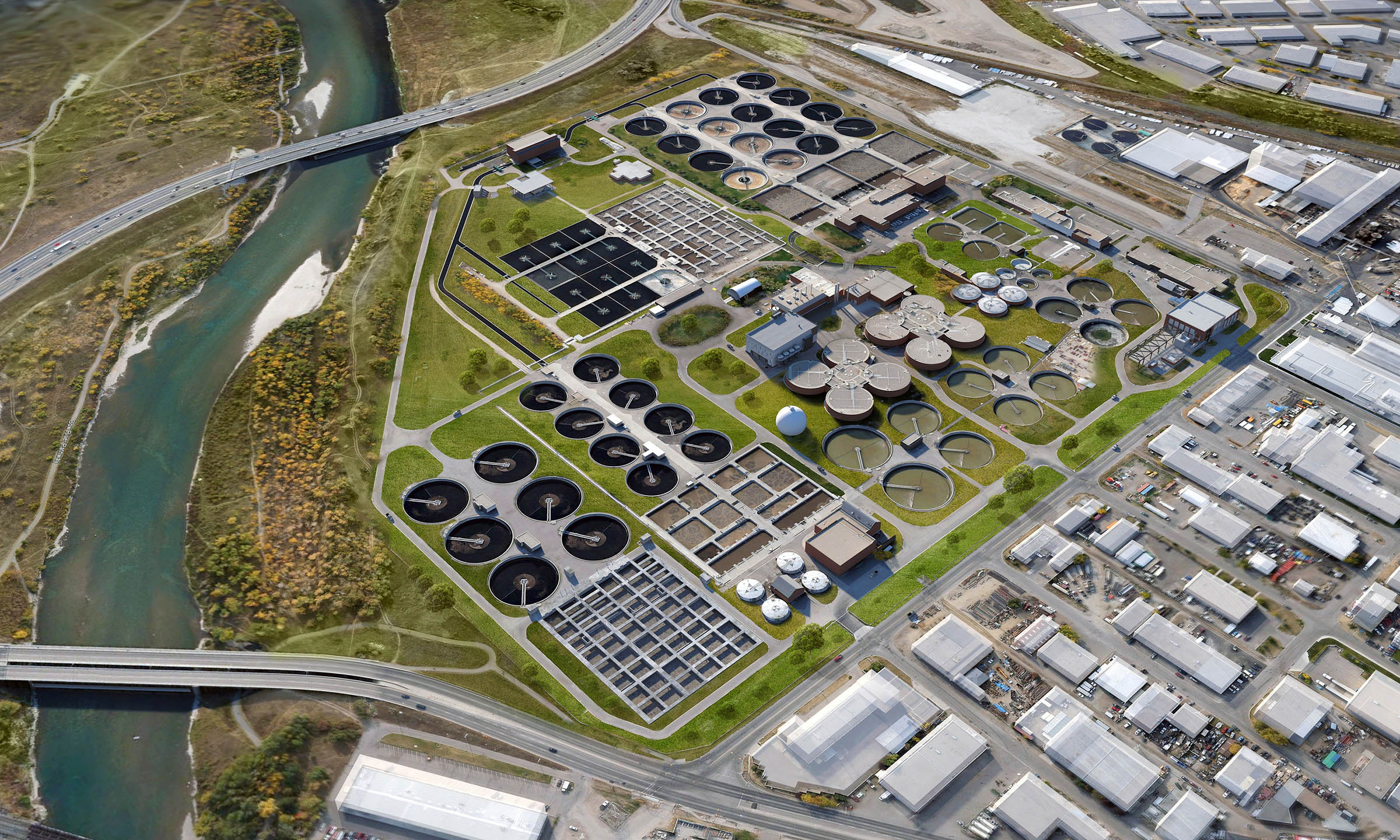Efficient Waste Water Treatment Solutions: Secret Approaches and Advantages
Strategic Approaches to Improve Drainage Treatment Performance and Reduce Ecological Impact
In the realm of waste water therapy, the quest for improved effectiveness and lowered ecological effect is a perpetual obstacle that requires strategic remedies. As society faces the necessary to take care of water sources sustainably, a nuanced approach becomes vital. The combination of sophisticated treatment innovations, energy-efficient processes, source healing strategies, boosted nutrient elimination strategies, and clever surveillance and control systems stands for a multifaceted framework for dealing with these pressing issues. Nevertheless, what exists at the core of this facility web of techniques is the potential to transform the method we approach waste water therapy, not equally as a process of disposal, yet as a valuable opportunity for innovation and ecological stewardship.
Advanced Treatment Technologies
Sophisticated membrane layer purification systems have revolutionized innovative wastewater treatment processes, considerably improving the elimination of impurities. This modern technology has shown to be extremely effective in removing a large array of impurities, consisting of drugs, heavy steels, and natural compounds, which are typically challenging to get rid of through traditional therapy techniques.
Moreover, membrane layer filtering systems offer many advantages over standard therapy methods. In addition, these systems are extremely versatile and can be quickly integrated into existing treatment plants or made use of as standalone units for decentralized applications.
Energy-Efficient Procedures
The assimilation of energy-efficient processes in wastewater treatment systems is important for optimizing resource use and minimizing functional expenses. By applying energy-efficient technologies, treatment plants can dramatically reduce their carbon impact and overall ecological influence. One crucial method to boosting energy effectiveness in wastewater therapy is the utilization of advanced aeration systems, such as great bubble diffusers or surface aerators, which can enhance oxygen transfer performance and minimize power consumption. Furthermore, including energy healing systems, like anaerobic food digestion for biogas production or making use of excess warmth for thermal processes, can help balance out energy demands and advertise sustainability.
In addition, enhancing process control and automation through using sophisticated sensing units and checking systems can enhance overall energy performance by changing operations in real-time based on actual need and problems. Implementing energy audits and consistently checking power efficiency signs are crucial practices to recognize locations for renovation and track energy-saving efforts effectively. Generally, the fostering of energy-efficient processes in wastewater treatment not just profits the atmosphere however likewise adds to lasting price financial savings and functional sustainability.
Source Healing Techniques
With a concentrate on maximizing resource usage and sustainability in wastewater therapy systems, the implementation of resource recuperation techniques emerges as a crucial element in enhancing functional performance. Resource healing techniques in wastewater therapy include the identification and extraction of beneficial resources from the website here waste stream, thus transforming what was when considered waste into a useful asset. By applying resource recuperation strategies such as nutrient removal and recuperation, energy generation from natural matter, and the production of multiple-use water, wastewater treatment plants can decrease environmental influence while taking full advantage of efficiency.
Improved Nutrient Removal Strategies
Executing advanced nutrient elimination techniques is necessary for maximizing the efficiency of wastewater treatment systems. One of the vital methods used for boosted nutrient removal is the procedure of biological nutrient removal (BNR), which entails the removal of nitrogen and phosphorus with organic processes.

Along with BNR, advanced therapy approaches such as membrane bioreactors (MBRs) and constructed marshes can also be utilized to improve nutrient elimination efficiency. MBRs use membrane layers to achieve high-grade effluent standards by properly removing nutrients and put on hold solids. Constructed wetlands simulate all-natural wetland processes to remove nutrients via plant uptake, microbial task, and sedimentation. By incorporating these sophisticated nutrient elimination methods right into wastewater therapy communities, systems and sectors can effectively reduce nutrient contamination and safeguard the atmosphere.
Smart Tracking and Control Solution
Making use of innovative technology, the combination of clever monitoring and control systems transforms the operational performance of wastewater treatment description centers. These systems integrate advanced sensing units and data analytics to continually keep an eye on key specifications such as pH levels, turbidity, liquified oxygen, and circulation rates in real-time. By collecting and assessing this information, drivers can obtain useful continue reading this insights right into the performance of the therapy processes, allowing proactive changes to optimize therapy effectiveness.
Smart surveillance and control systems likewise support remote tracking capabilities, permitting operators to accessibility real-time information and control functions from off-site areas. This remote access improves functional flexibility and responsiveness, enabling swift interventions in instance of system malfunctions or changes in influent quality. Furthermore, the anticipating maintenance abilities of these systems aid avoid tools failures and reduce downtime, inevitably improving the general integrity of wastewater treatment operations (Waste Water Treatment).
Final Thought
In final thought, strategic methods such as innovative therapy technologies, energy-efficient processes, source recovery strategies, improved nutrient removal methods, and wise monitoring and control systems play a critical function in improving wastewater therapy performance and reducing ecological influence. By implementing these techniques, wastewater treatment plants can improve their overall efficiency, reduce energy consumption, recover beneficial sources, and make certain conformity with ecological laws. These strategies are essential for reliable and lasting wastewater administration methods.

In conclusion, critical methods such as innovative treatment innovations, energy-efficient procedures, resource recuperation techniques, boosted nutrient removal methods, and wise monitoring and control systems play a crucial function in boosting wastewater treatment effectiveness and decreasing ecological effect.